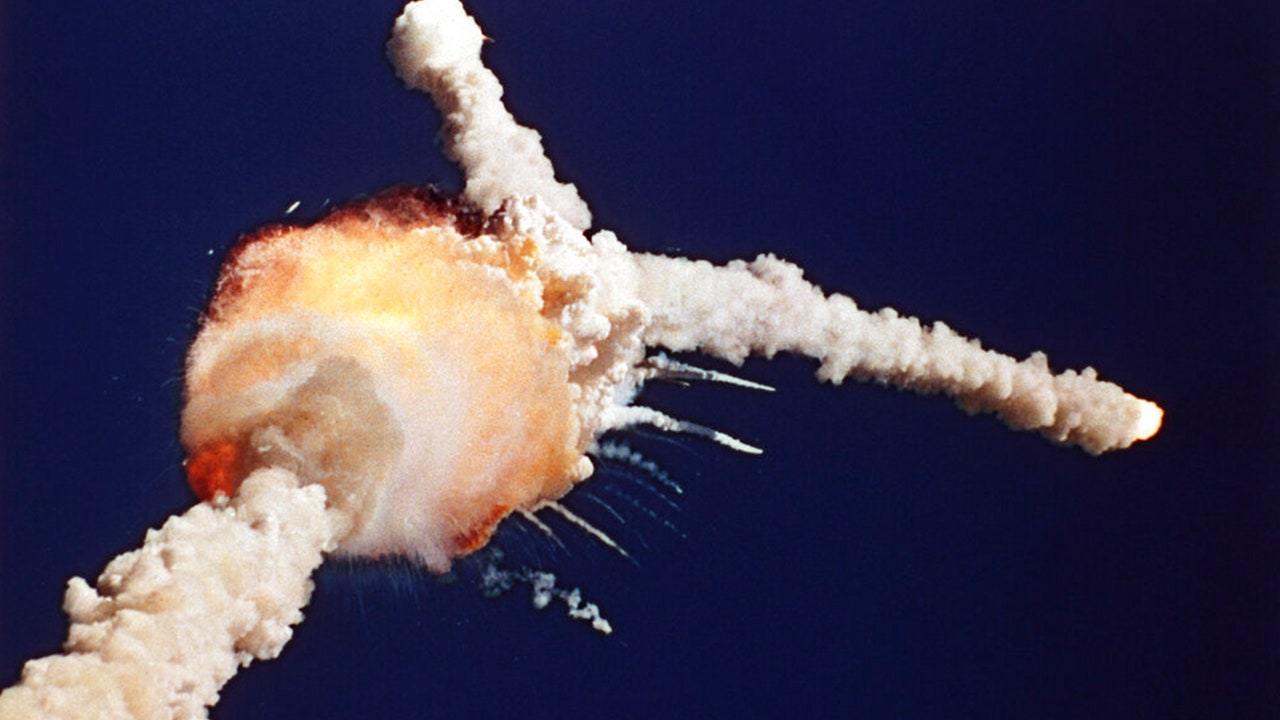
The Space Shuttle Challenger disaster of 1986 shook the foundations of space exploration
Fox News
Discover the Space Shuttle Challenger disaster's investigations, recovery, legal battles and enduring space exploration legacy in this deep-dive overview.
The space shuttle Challenger was destroyed 73 seconds after lifting off from Kennedy Space Center, Florida, on Tuesday, Jan. 28, 1986. (AP Photo/Bruce Weaver, File) This November 1985 file provided by NASA shows the crew of the doomed U.S. space shuttle Challenger. Front row from left to right are astronauts Mike Smith, Dick Scobee, Ron McNair. Back row from left to right are Ellison Onizuka, school teacher Christa McAuliffe, Greg Jarvis and Judith Resnik. (NASA/AFP via Getty Images) The space shuttle Challenger is seen lifting off on an apparently flawless launch over the Kennedy Space Center before the devesting explosion that killed seven crew members, including teacher Christa McAuliffe. (Bob Pearson/AFP via Getty Images) A thick cloud of engine exhaust, solid rocket booster plume and expanding gas fill the sky above the Kennedy Space Center in Florida after the explosion of the space shuttle Challenger. (Corbis/VCG via Getty Images)
Amid the anticipation of a routine space mission known as STS-51-L, designed for scientific and educational advancement, the Challenger disaster struck unexpectedly.
The scene of destruction, with smoke and debris engulfing the Florida coast, shattered the expectations of what was anticipated as a routine journey into space, leaving the world in shock and disbelief.













